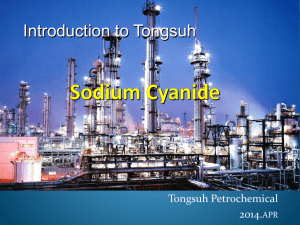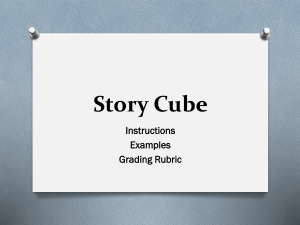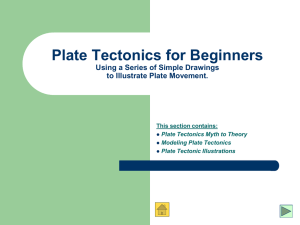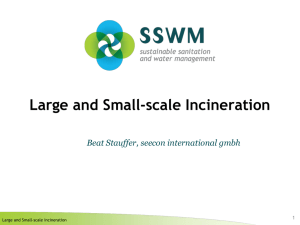AWP LCA_OEE
advertisement
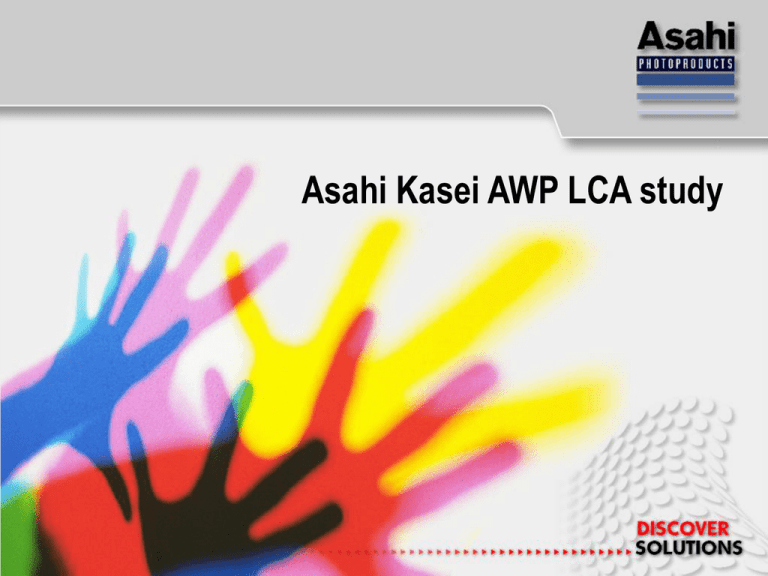
Asahi Kasei AWP LCA study Background for the LCA analysis • • • Global demand of reducing Greenhouse Gas(GHG) emission First introduction to the flexo printing industry on the FTA 2007 (Montreal, Canada) Brand owners are the drivers with the aim to improve their environmental impact and drive costs out by reducing energy. Timberland shoe box packaging Asahi Kasei LCA methodology for the investigation and calculation International Accounting Standards The basic prerequisite for being able to measure and jointly manage greenhouse gas emissions is to have a scientifically substantiated, transparent and internationally coordinated assessment framework both on the corporate and the product level. And, for the full product life cycle: that is, from manufacturing to use to disposal. Today these assessment standards are under development under the following working document: PAS 2050:2008 (Specification for the assessment of the life cycle greenhouse gas emissions of goods and services) •There are several calculation software packages used around the world such as Gabi, SimaPro, or LCA-Pro(JPN). As there is no global accounting standard today •Conversion ratio of CO2 emission in relation to the Ajinomoto Company material data base was used. •Asahi Kasei E-materials calculation was based on the ISO14040/14044 using JEMAI* methodology * JEMAI:Japan Environmental Management Association for Industry LCA Scope from “cradle to grave” Material / Production Laser imaging A Time(min) E(KWH) @plate dimension Usage [plate making] Main exposure Drying Plate processing B C Time(min) E(KWH) @plate dimension Fresh washing solution Post exposure /finishing D Time(min) E(KWH) @plate dimension Plate Disposal [plate] Processor E Time(min) E(KWH) @plate dimension Time(min) E(KWH) @plate dimension Solid Waste Disposal Plate Waste water Feed:l/sqm Feed back:l/sqm Recycle ratio: % Detergent W300 Detergent Na2CO3 Mixture Filter Flow:l/sqm Filtration Distillation Waste polymer Water Time(min) E(KWH) @plate dimension Waste polymer: kg/sqm Recycle water Recycle W300 Waste:l/sqm Waste Detergent Na2CO3 Waste polymer kg/sqm Asahi Kasei LCA study CO2 contribution % by item 100% 90% 80% waste plate incineration 70% waste cloth incineration 60% waste solid drain incineration waste solution incineration filtlation 50% distillation 40% post exposure drying 30% rinsing 20% 10% 0% AWP (DEF) Solvent system Thermal system Asahi Kasei AWP LCA study Product Carbon Foot Print 20 CO2 Emissions [kg-CO2/sqm] @ 1.14mmthickness 18 waste plate incineration waste cloth incineration waste solid incineration waste solution incineration filtlation distillation post exposure drying rinsing processing main exposure lassr imaging transportation production+packing materials 16 14 12 10 8 6 4 2 0 AWP (DEF) Solvent system Thermal system AWP LCA conclusion • AWP water wash technology shows the lowest product carbon footprint from “cradle to grave” among the studied technologies • AWP can reduce natural resources by re-using the wash water during plate processing • AWP´s low product CO2 footprint results in a total process cost reduction • Asahi will continue its sustainable approach for its future product development





